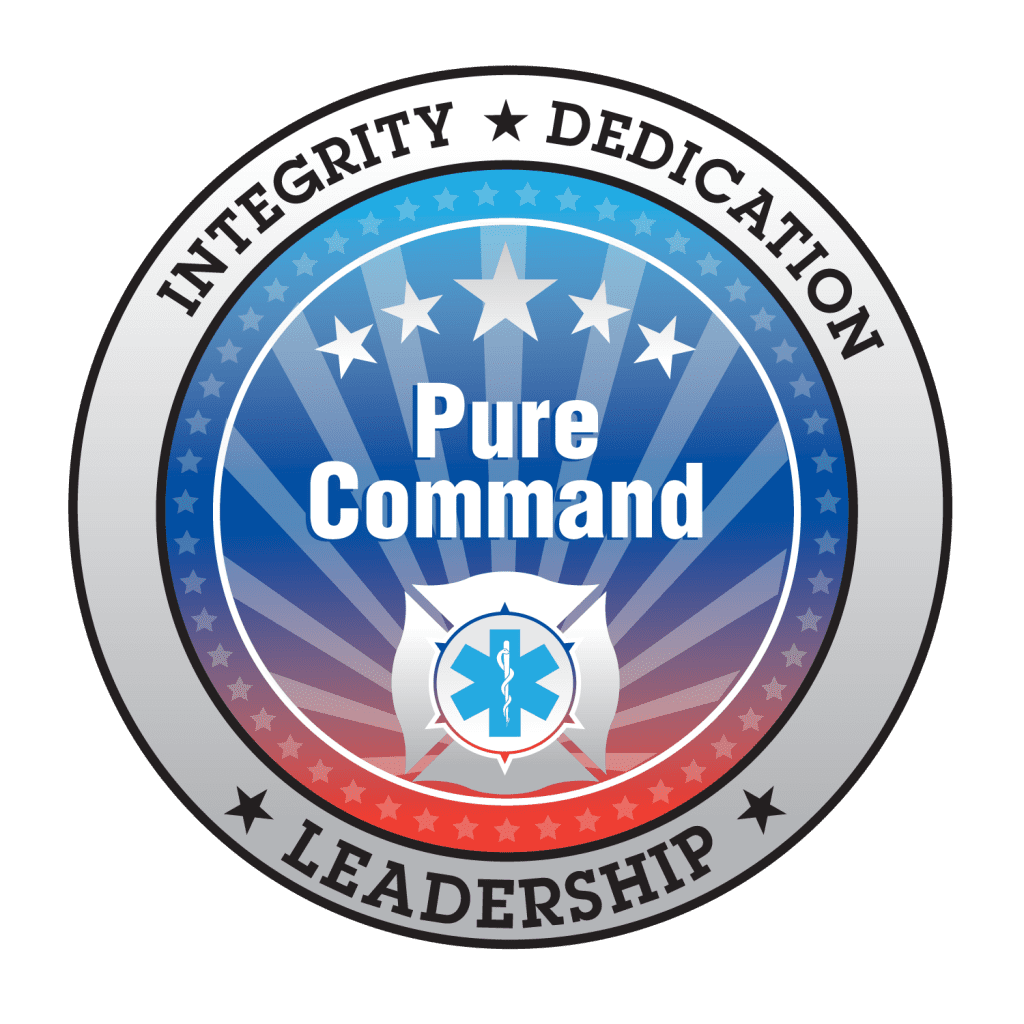As “Frankenstorm” Sandy approached the east coast of the United States, local, state, and federal agencies pulled their act together. The messages were clear: Be prepared. Evacuate if asked. Don’t drive or put yourself in a position where rescue would be required. Make a Plan. Build a Kit. FEMA spoke.
Although some people listened, many did not. Within hours of the storm making landfall, we watched CNN, FOX, and other networks interview people who were going to “shelter in place” – in their mobile home as one example. And these choices were being made as if leaving was an option, not a last ditch Hail Mary.
These same news organizations encouraged people who remained behind to send in photos, videos, to create iReports and to otherwise put themselves in harm’s way. Of course, they cautioned, “if you are in a safe position…” – but that’s nonsense. Anyone who stayed behind and wants to shoot pictures lacks common sense and won’t know if they’re in a safe position. If you were in New Jersey, a safe position would be Kansas.
Within 24 hours of Sandy making landfall, some of the initial statistics were in:
- Potentially the worst storm in New York City’s modern history
- More than 7.5 million people without electricity
- Subways, trains, buses shut down
- Dozens dead
In Queens, NY, residents who did not heed the evacuation notices had to be rescued when a major fire broke out in Rockaway Park, putting firefighters in jeopardy. More than 80 homes burned to the ground (Breezy Point).
The bottom line is that fire and life safety education messages are being heard, but not followed. People believe they “know better” than emergency services leaders. So, where does this leave us when it comes to managing an incident of this nature?
First of all, it is expected that people will not follow directions. The trick is to change people’s behavior. If we’re going to do that, we’ll need to gather accurate data on those who did the right thing, and those who didn’t. We’ll need to organize that data into a meaningful series of communications, and share that on all levels, from the White House to the local HOA meeting.The impact of a storm like Sandy extends across the country, not only financially, but commonplace activities such as flying or driving.
Next, we need to ensure our people are engaged not only during the incident (as they will be), but prior to and following it. The best method for reducing risk to first responders is to make certain our people know what the risks are, what the most likely scenarios are, and to train for that. Too often, we sink to the level of training, rather than rise to a level of excellence.
FEMA has an opportunity to react rapidly and effectively as a result of Sandy, but it won’t be for some time before we know if that response was in fact effective. FEMA is facing severe cuts in funding, and its incident support base and other actions will be watched closely.


